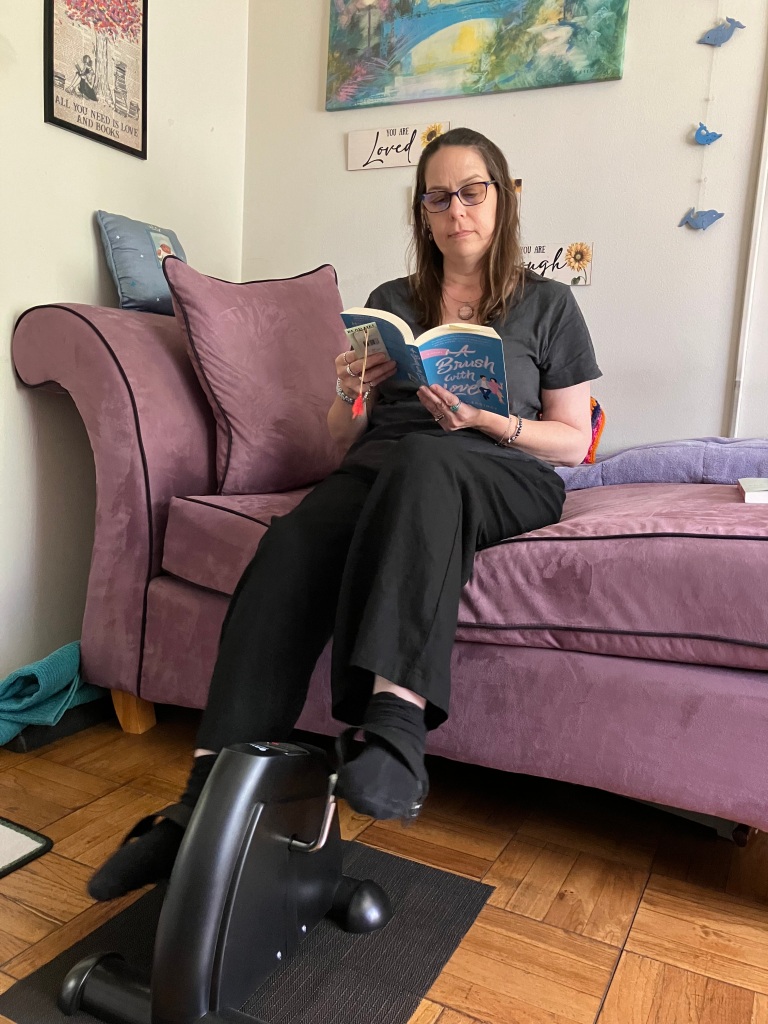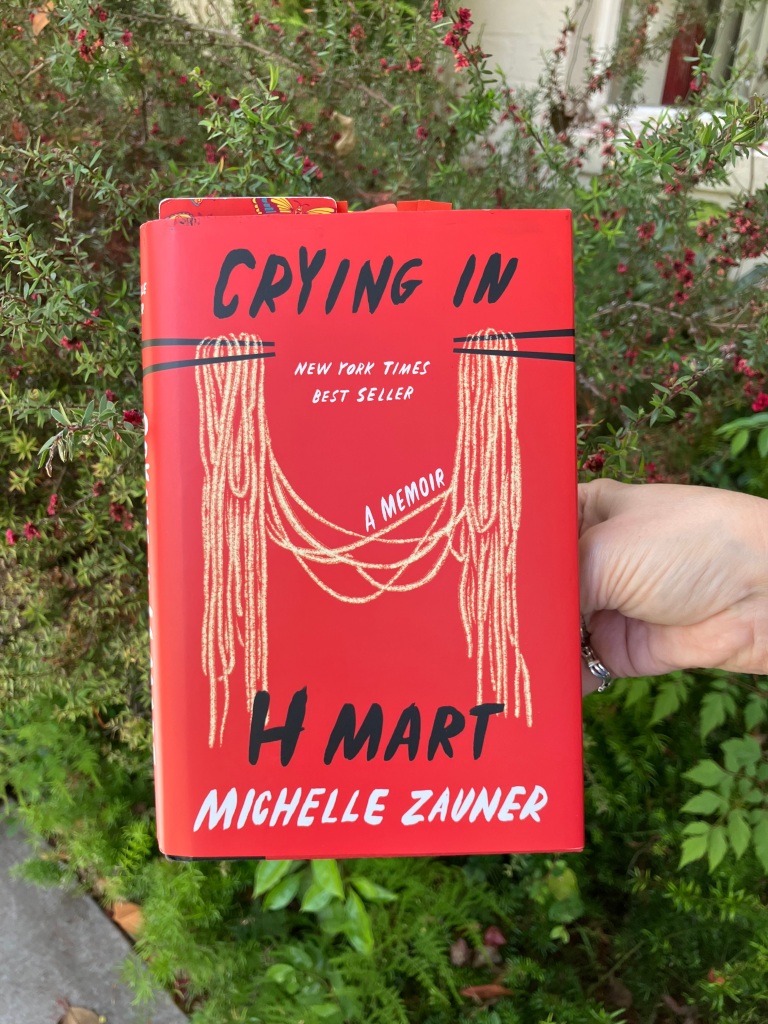
I have lived with chronic illness and chronic pain for almost fourteen years.
During this time, I have tried physical therapy. Many times.
It never worked out for me. For instance:
– One of my first attempts at physical therapy ended shortly after it started. The physical therapist told me he would no longer work with me, because, “There’s no point. Nothing we do can help you.”
– Another therapist, in a different location, always made me feel as if I couldn’t do much, and what I could do wasn’t anywhere close to being enough. I left our sessions feeling worse than I started. Worse in terms of higher pain levels and worse in terms of self-confidence.
– There was the physical therapy group with a close-to-my-home location. I quit that one, after having four appointments with three different therapists, each one giving me some contradictory information.
Based on my previous experiences, you can understand my hesitation when my rheumatologist didn’t just suggest physical therapy, he strongly encouraged it.
This time I’m pleased to say my physical-therapy-is-not-beneficial streak is now over.
I finally am working with a physical therapist who speaks kindly and smiles. A physical therapist who celebrates my effort, who acknowledges just how hard some stretches are for me, who encourages me to try, who modifies as needed.
Plus, during last week’s physical therapy session, my therapist did something no other therapist has done before — he made me laugh.
Now, most people know PT is shorthand for Physical Therapy.
But there’s another meaning for that acronym.
Let me give you a bit of context — my therapist had demonstrated a new stretch, something that would work my quadriceps. It hurt when I tried it, so we modified it, with me not stretching quite as hard or quite as much.
That’s when my physical therapist told me one of his patients invented a different meaning for PT: Pleasant Torture.
It was so unexpected, I couldn’t help but laugh out loud.
I have never thought of PT like that before.
While it’s not torture, physical therapy is hard work. Each time I leave, I am tired and worn out. The following day I’m usually sore.
Yet even with all of that, overall, the process, this time, is pleasant.
Readers, do you have any physical therapy experiences you want to share? Have you been fortunate to work with someone who makes the process pleasant? I hope so!


